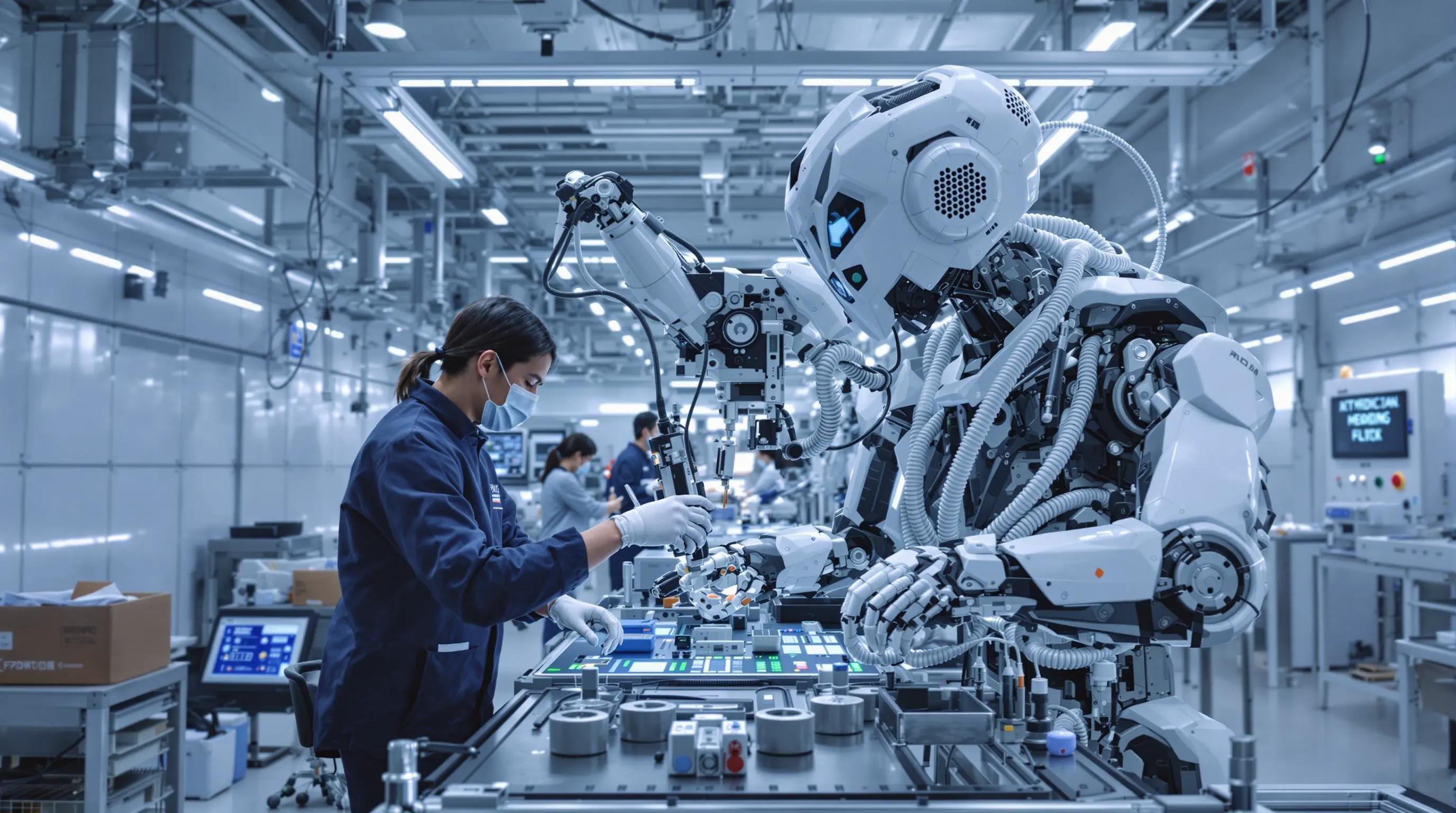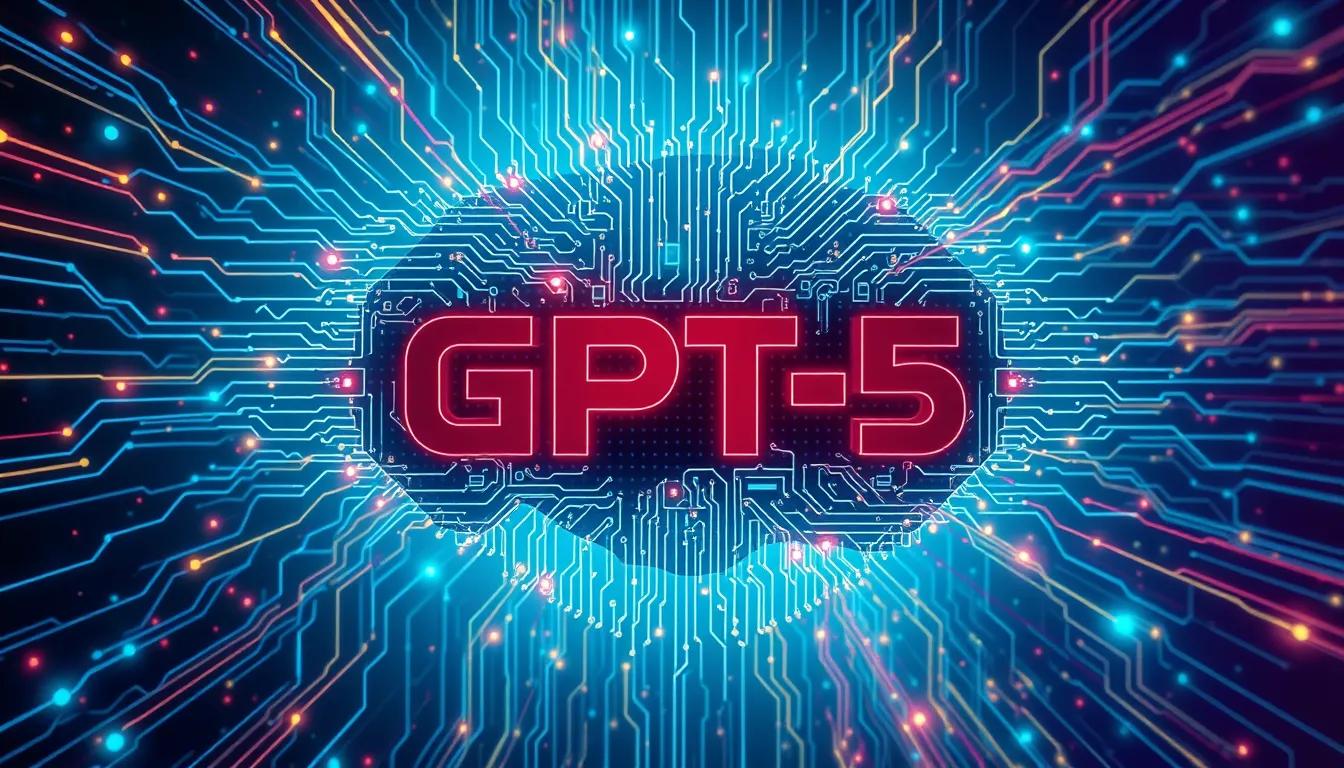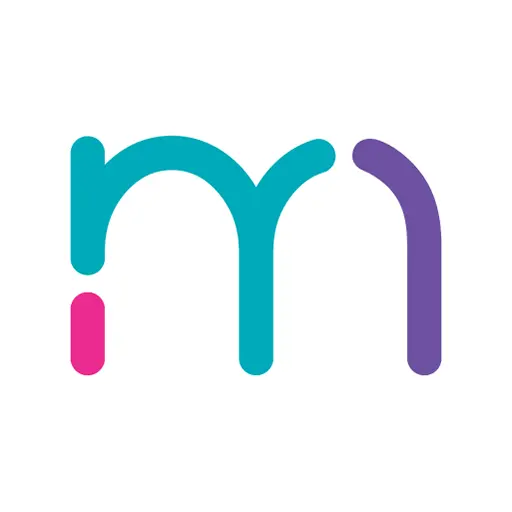April 28, 2024|4 min reading
Transforming Sketches into Software: How AI-Powered "Make It Real" Shapes the Future of Development

Imagine drawing a simple sketch and watching it evolve into a fully functional software application. That's no longer a futuristic fantasy, thanks to the groundbreaking "Make It Real" AI prototype. This innovative technology is revolutionizing the software development landscape, making it possible to transform basic drawings into operational software with minimal effort. This blog explores the thrilling capabilities of "Make It Real," its implications for developers, designers, and the broader tech industry, and what it signifies for the future of AI in software development.
The Birth of "Make It Real"
The Concept:
"Make It Real" is a feature developed by the collaborative whiteboard app maker, tldraw. It leverages OpenAI's GPT-4V technology to interpret vector drawings and translate them into functional web code, specifically using Tailwind CSS and JavaScript. This allows users to quickly prototype and iterate software designs straight from their visual ideas.
The Developer's Insight:
Steve Ruiz, the mind behind tldraw, introduced "Make It Real" to integrate seamless design-to-code transitions. The feature is built on a vision of making software development as intuitive as sketching on a canvas, democratizing programming by making it accessible to those without extensive coding skills.
How It Works: A Technical Deep Dive
From Sketch to Software:
The process begins when a user sketches a UI concept directly on tldraw's infinite canvas. The AI then analyzes these drawings, interpreting elements like buttons, sliders, and text fields. Using GPT-4V's vision capabilities, "Make It Real" converts these elements into a base64 encoded PNG, processes this image, and generates corresponding HTML, CSS, and JavaScript code.
Security and Accessibility:
While the feature offers a live demo online, it requires an API key from OpenAI, ensuring that all operations are secure and personalized. For those concerned with privacy and security, there is an option to run the prototype locally, although it still necessitates access to OpenAI’s API.
Implications and Future Prospects
Revolutionizing Prototyping:
"Make It Real" drastically reduces the time and effort required to go from concept to prototype. This not only speeds up the development process but also enhances creative experimentation among developers and designers.
Broadening the Developer Base:
By simplifying the transition from design to code, tldraw makes software development more approachable for non-programmers. This could lead to a more diverse set of creators entering the tech space, bringing fresh perspectives and innovation.
Future Enhancements:
The potential for "Make It Real" to incorporate more complex functionalities and support more programming languages could further its impact. Ongoing improvements might include better handling of dynamic elements and integration with other design tools.
Conclusion
"Make It Real" by tldraw represents a significant leap towards a future where ideas can be rapidly converted into digital realities without the steep learning curve traditionally associated with software development. As this technology evolves, it promises to further blur the lines between design and coding, potentially reshaping the tech landscape in profound ways.
Tools referenced
Explore more

NVIDIA and Japan: Driving the AI Revolution in Industry
Explore NVIDIA's role in Japan’s AI revolution, from AI agents to robotics, reshaping industries and powering innovation...

AI Translation Glasses: Breaking Language Barriers with Augmented Reality
Discover how AI translation glasses are transforming real-time communication with instant language translation, powered ...

Everything You Need to Know About GPT-5: The Future of AI
Discover everything about GPT-5, the future of AI, its advancements, and its groundbreaking impact on natural language p...

